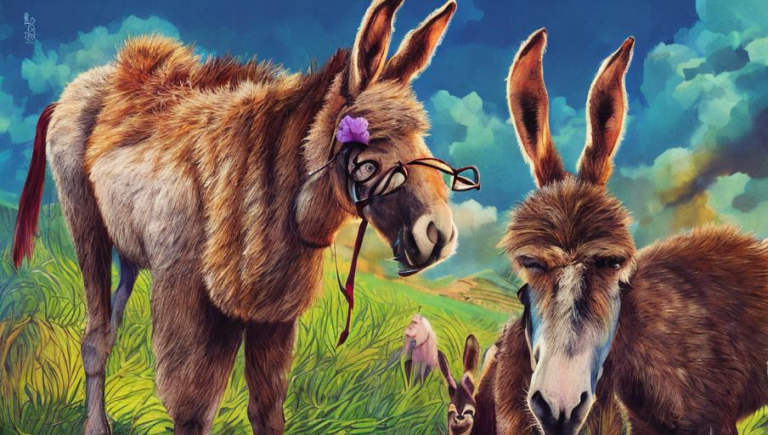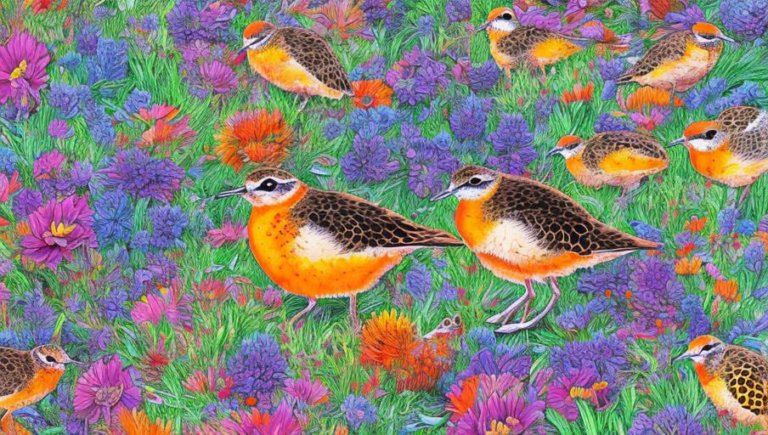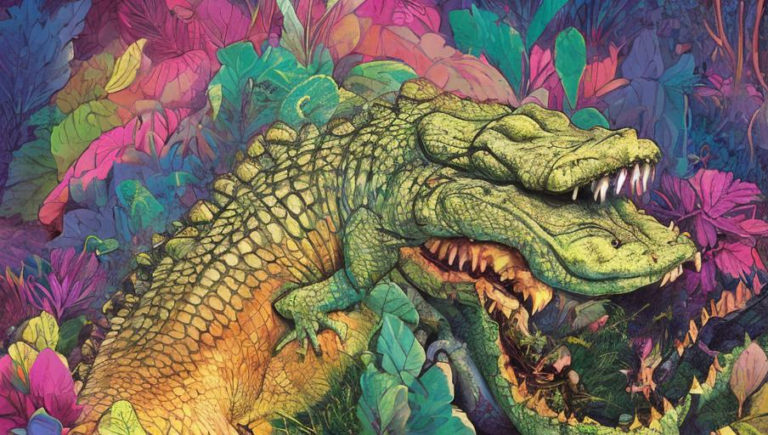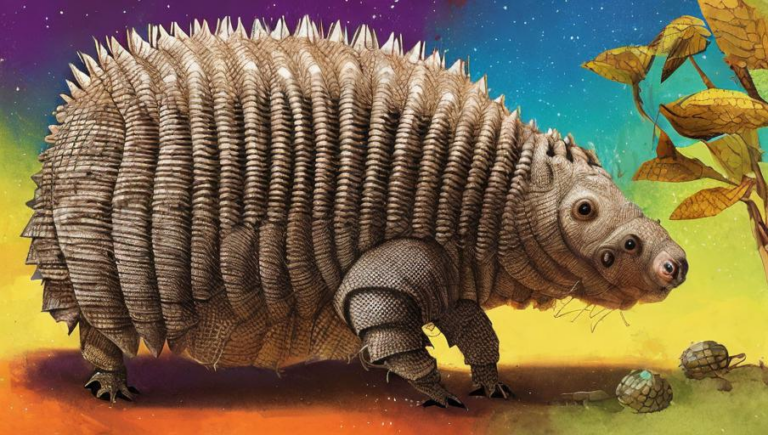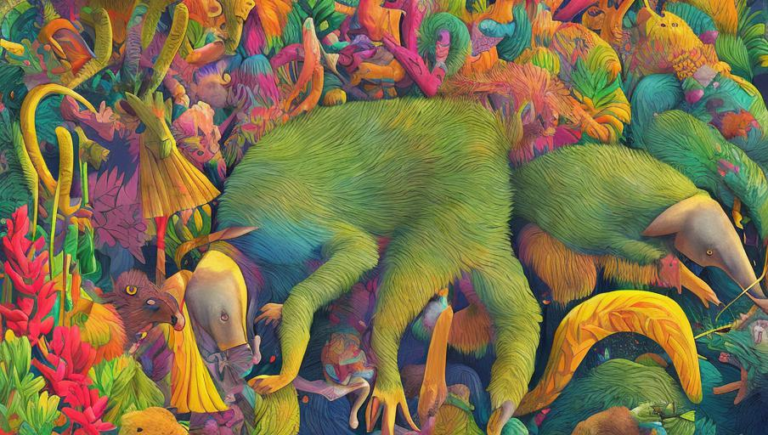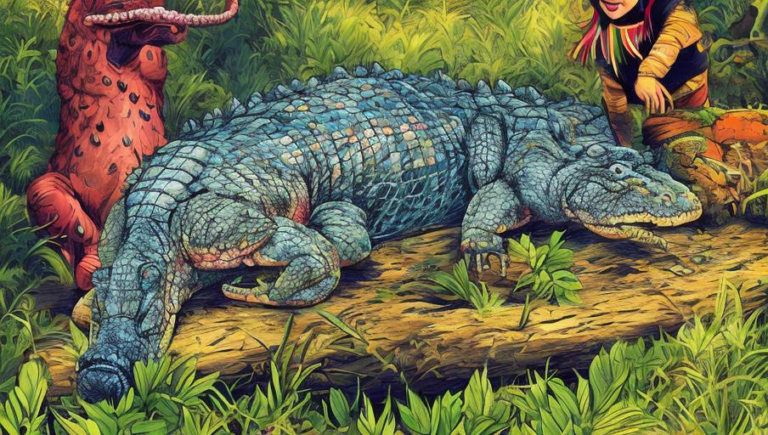Gathering Facts: Anteater Anatomy
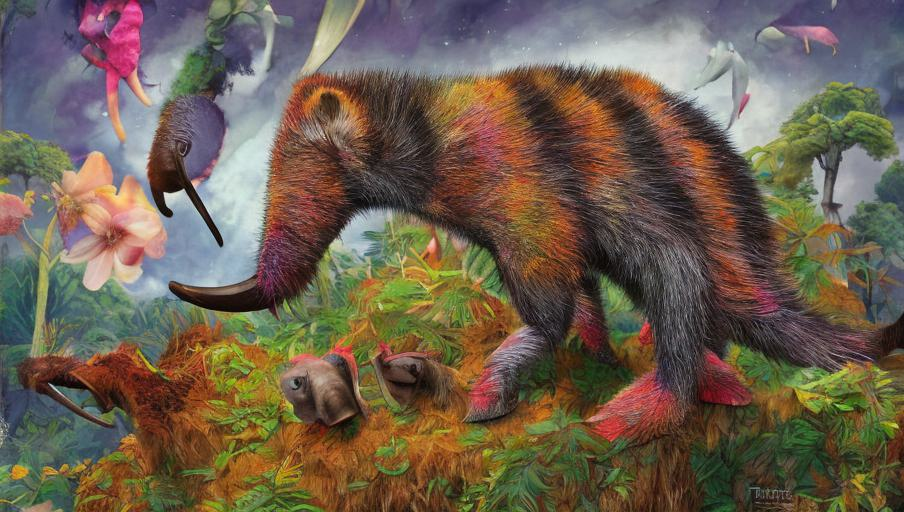
Introduction
Anteaters are fascinating creatures. They are unique, and their anatomy and behavior are quite special. This article will explore the anatomy and behavior of anteaters, and discuss some of the interesting facts about these animals.
Unique Anatomy
The anatomy of an anteater is quite specialized and designed for their particular way of life. The long snout is adapted for probing into ant and termite mounds, while their strong claws are used to dig and rip apart the mounds. Anteaters also have a long, sticky tongue which they use to lap up their prey. Anteaters have no teeth, as they do not need them to eat their prey. They have a long, muscular esophagus which helps them swallow the food they eat. The long, curved claws on the anteater’s front feet are also used for defense, and can be used to ward off predators.
Behavior
Anteaters are solitary animals and do not form social groups. They spend most of their time looking for food, and they can travel up to 15 miles per day in search of ants and termites. They have a keen sense of smell, and can detect their prey from up to 50 feet away. Anteaters are active during the day and at night, and they rest during the hottest parts of the day. They are also good climbers and can often be found in trees, where they can take advantage of their long claws to cling to branches.
Threats
Unfortunately, anteaters are threatened by habitat destruction and hunting. As their habitats are destroyed, they are forced to search for food in more dangerous areas, increasing the chances of them being killed by predators or hunted by humans. In some areas, anteaters have been hunted for their meat, which is considered a delicacy. There are also ongoing efforts to protect their habitats so that they can continue to thrive in the wild.
Conclusion
Anteaters are an incredible species with fascinating anatomy and behavior. They are threatened by habitat destruction and hunting, and it is important that we work to protect their habitats so that they can continue to thrive in the wild. By learning more about their anatomy and behavior, we can better understand the importance of protecting these animals and the ecosystems they inhabit.
